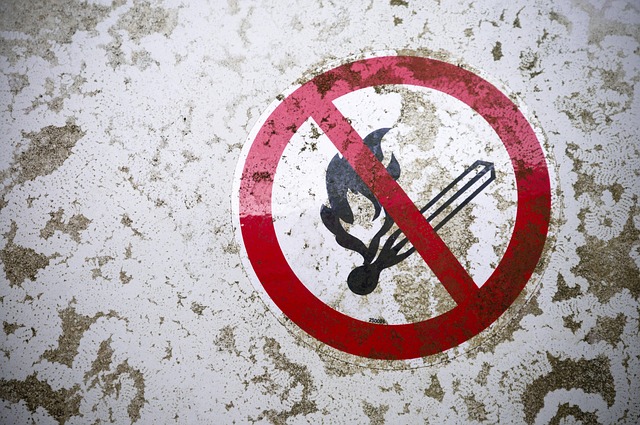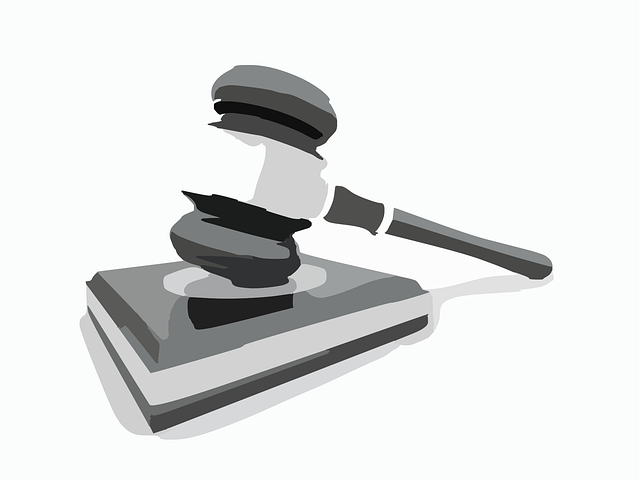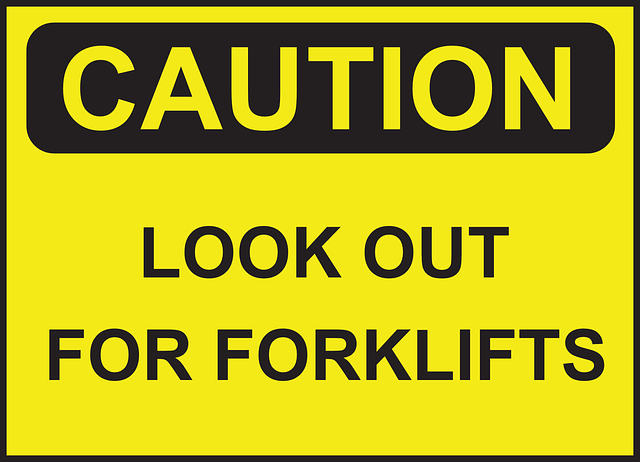Background Checks for Healthcare Professionals: Rigorous screenings are vital in healthcare to ensure patient safety. These checks verify licenses, certifications, and educational qualifications, uncovering malpractice lawsuits, disciplinary issues, and substance abuse problems. By verifying credentials and employing robust healthcare worker screening methods, institutions can mitigate risks, maintain high care standards, foster patient trust, and contribute to positive health outcomes. Key practices include medical background verification, license validation, patient safety assessments, and thorough scrutiny of employment history.
In the critical realm of healthcare, ensuring competent care is paramount. Background checks for healthcare professionals, or medical background verification, play a pivotal role in upholding patient safety and quality care. This comprehensive guide delves into the process of healthcare professional screening, from understanding the importance to key elements and best practices. By examining medical license verification and patient safety checks, we explore how rigorous healthcare worker credentials can revolutionise the industry.
- Understanding the Importance of Healthcare Background Screening
- The Process of Medical Background Verification
- Key Elements in Healthcare Professional Screening
- Impact on Patient Safety and Quality Care
- Best Practices for Effective Healthcare Employment Screening
Understanding the Importance of Healthcare Background Screening

In the healthcare sector, where lives are at stake, ensuring competent care is paramount. Background checks for healthcare professionals play a crucial role in achieving this by verifying medical background and credentials. These checks serve as patient safety checks, screening potential risks associated with healthcare workers’ histories, including malpractice lawsuits, disciplinary actions, and substance abuse issues. By implementing rigorous healthcare professional screening, institutions can mitigate these risks and maintain high standards of care.
Medical background verification is more than just a formality; it’s a strategic process that supports the integrity of the healthcare system. Healthcare employment screening involves meticulous examination of licenses, certifications, and educational qualifications to ensure they are current and valid. This meticulous approach to healthcare worker credentials fosters trust among patients, safeguards sensitive information, and ultimately contributes to positive patient outcomes.
The Process of Medical Background Verification

The process of Medical Background Verification is a meticulous and crucial step in ensuring competent care within the healthcare sector. It involves a comprehensive review of a healthcare professional’s background, including their education, training, licensing, and employment history. This careful scrutiny aims to verify the authenticity of their credentials and assess potential risks or red flags that could impact patient safety. By conducting thorough background checks for healthcare professionals, organizations can mitigate errors, prevent malpractice, and maintain high standards of care.
Healthcare worker credentials are rigorously examined through various methods such as cross-referencing databases, contacting previous employers, and validating medical licenses. These patient safety checks go beyond simple verification to uncover any history of disciplinary actions, legal issues, or unethical practices. Healthcare employment screening plays a pivotal role in preventing compromised professionals from gaining access to sensitive patient information or critical care responsibilities. Effective medical background verification is an ongoing process that contributes to the overall quality and integrity of healthcare services provided to patients.
Key Elements in Healthcare Professional Screening

In the realm of healthcare, ensuring competent care begins with thorough background screening of professionals. These checks, often referred to as healthcare professional screening or medical background verification, are critical for patient safety checks. They involve verifying the credentials of healthcare workers, including their medical license and certifications, to guarantee they meet the necessary standards. This process is a game-changer in fostering trust and ensuring quality care within medical facilities.
Effective healthcare worker credentials verification involves cross-referencing data from multiple sources. This includes checking against state licensing boards, verifying academic degrees, and examining professional associations’ records. Healthcare employment screening should also account for any prior disciplinary actions or legal issues that could impact a provider’s fitness to practice. Such comprehensive background checks act as a shield, protecting patients from potential risks and fostering an environment of transparency and accountability.
Impact on Patient Safety and Quality Care

Healthcare background screening plays a pivotal role in ensuring patient safety and enhancing the quality of care. By conducting thorough checks on healthcare professionals, organizations can mitigate risks associated with medical malpractice, fraud, or abuse. These screenings involve verifying the credentials, licenses, and employment history of workers to prevent individuals with compromised ethics or inadequate qualifications from accessing sensitive patient information and providing care.
Implementing robust background verification processes allows healthcare facilities to identify potential red flags early on, reducing the chances of adverse events. This proactive approach safeguards patients by ensuring that those delivering care meet the necessary standards and possess valid medical licenses. Consequently, it fosters a culture of accountability, improves patient trust, and ultimately contributes to better health outcomes.
Best Practices for Effective Healthcare Employment Screening

Implementing robust best practices for healthcare employment screening is paramount to ensuring patient safety and maintaining the highest standards in medical care. Background checks for healthcare professionals should encompass a multi-faceted approach, starting with comprehensive medical background verification that includes thorough scrutiny of licenses, certifications, and educational credentials. This initial step acts as a foundational layer, ensuring that only qualified individuals gain access to sensitive patient information.
Beyond basic qualifications, effective healthcare worker screening involves meticulous evaluation of past employment history, focusing on potential red flags or disciplinary actions. Integrating patient safety checks into the process is also vital, considering that previous interactions could reveal issues related to patient care or ethical conduct. By combining these strategies, healthcare organizations can create a robust defense against incompetent or unethical practitioners, thereby safeguarding the well-being of every patient they serve.














